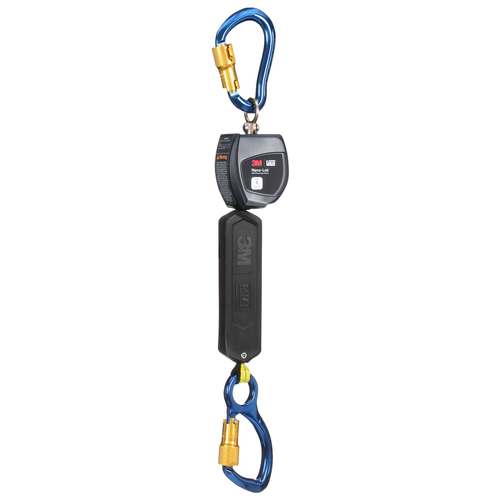trailblazer75
Well-Known Member
So last year, I hunted atop 3 Heliums with custom 2 step aiders on each that would get me anywhere from 18' to 25' depending on the tree and stick spacing. It worked well, but I felt clumsy hanging the sticks and climbing with my LB. I always seemed to have it too tight, and had trouble lifting my leg high enough for the next step, or so loose that it didn't provide much fall protection.
I eventually cut one of the Heliums down and reinstalled the 2 step aider. I use this mini stick to One-Stick climb. One-sticking feels a lot more natural to me, especially coming from ~15 years of climbing stand experience. It is essentially the same process, but allows me to go around branches and carry a lot less weight and bulk. It also feels safer to me, because I am always attached to the tree with my tether. At most, I can only fall maybe 2-3' in an absolute worst case scenario. However, it seems even a 1-2' drop can mess you up.
50% of the climb, you are hanging on a slackless tether and are 100% safe (in my opinion), but the other 50%, you are ascending a stick in the same manner you would if you were using 3 or 4 sticks.
My question to those who One-Stick climb:
Are you using only your tether or do you incorporate your LB as well?
I'm glad to find someone thinking of what I only just discovered. I experimented with both and came up with this; When my tether has any slack, my LB has tension. If my tether is loaded I will loosen or remove my LB in order to make stick moves. My thoughts are, a loaded tether is far safer that a slacked tether and LB. I'll also snug my tether as I ascend my stick while making my climb, until I can't any more, at which point I'll snug my LB, move up my tether and start again.




